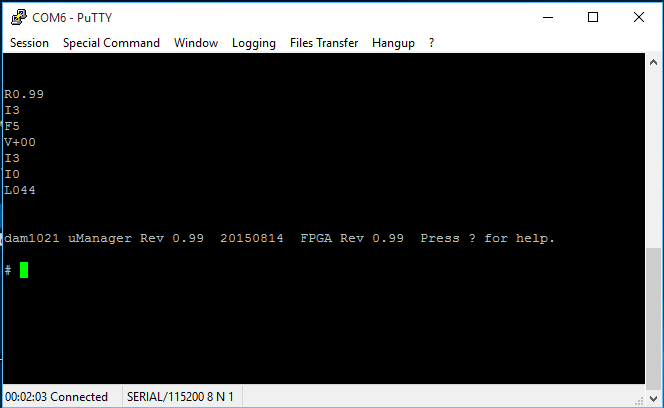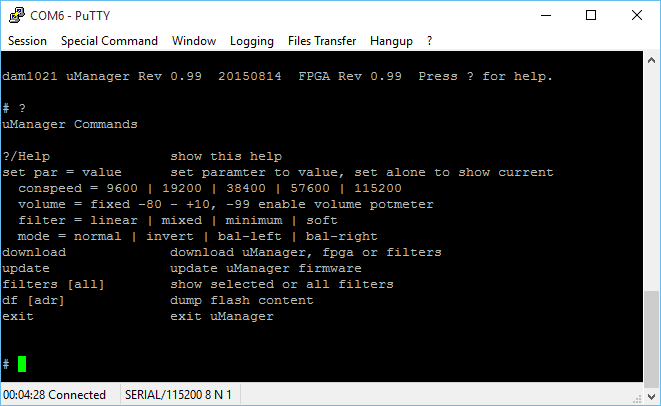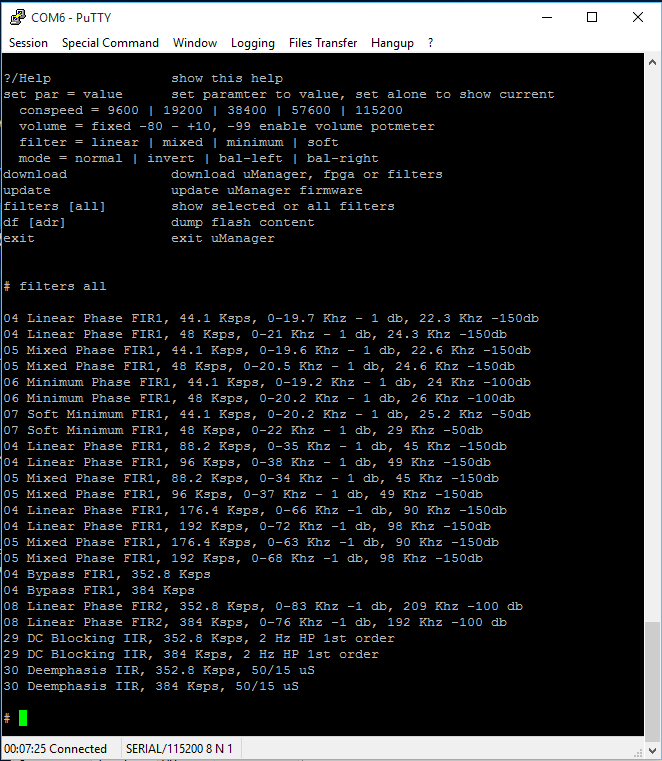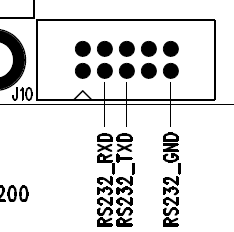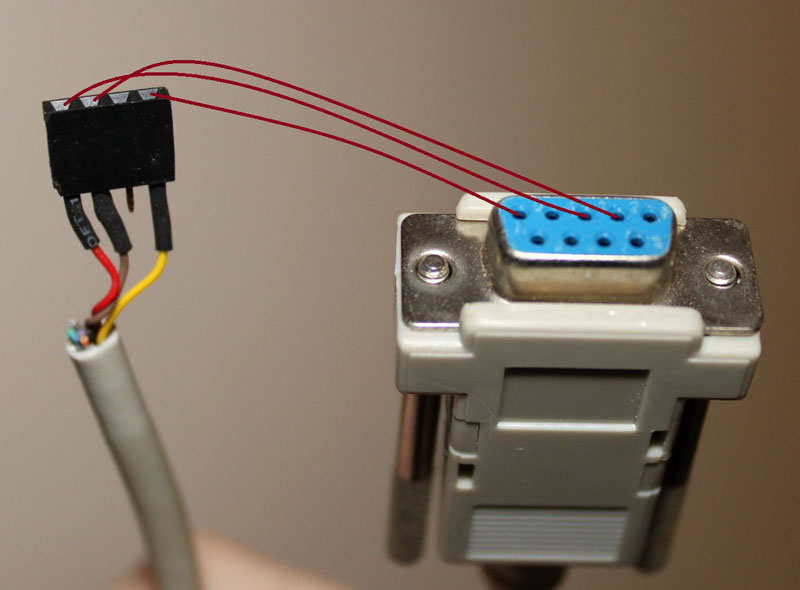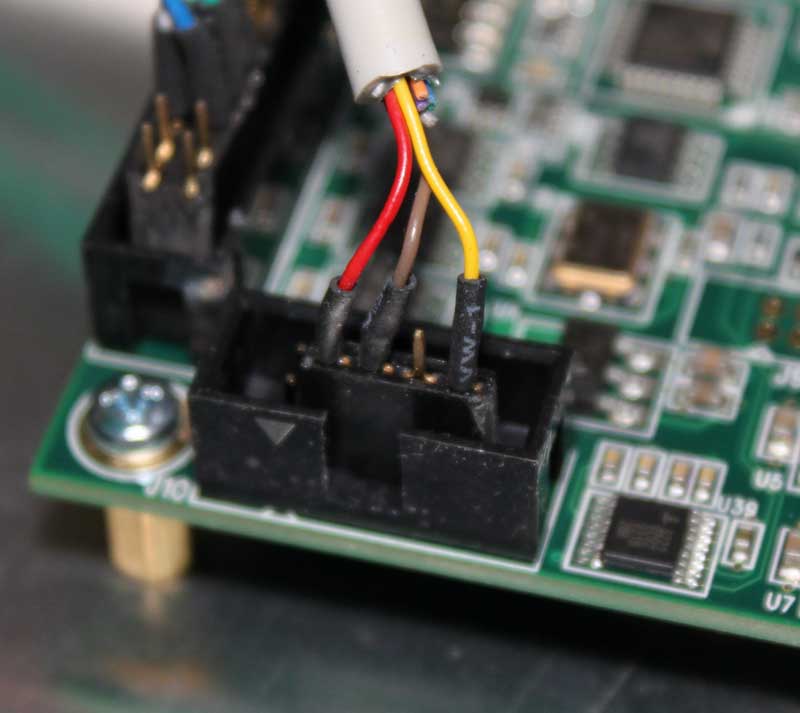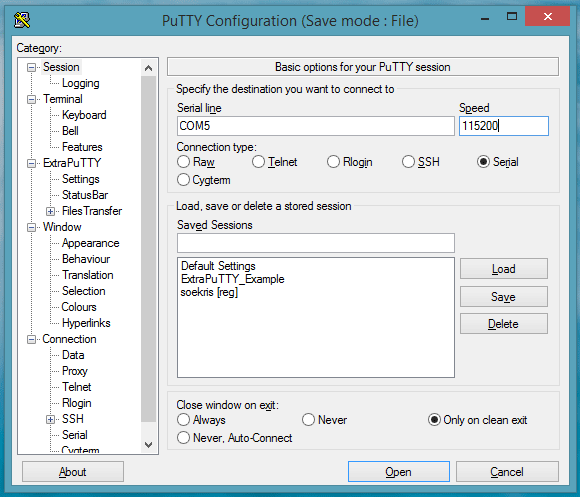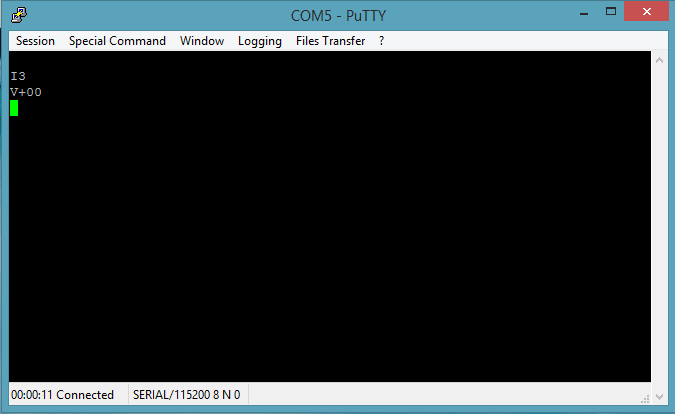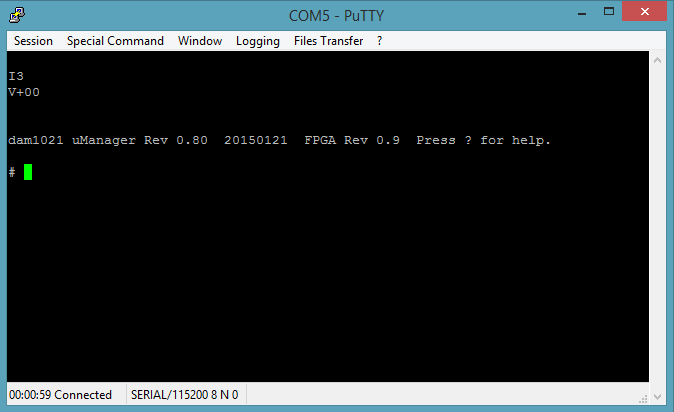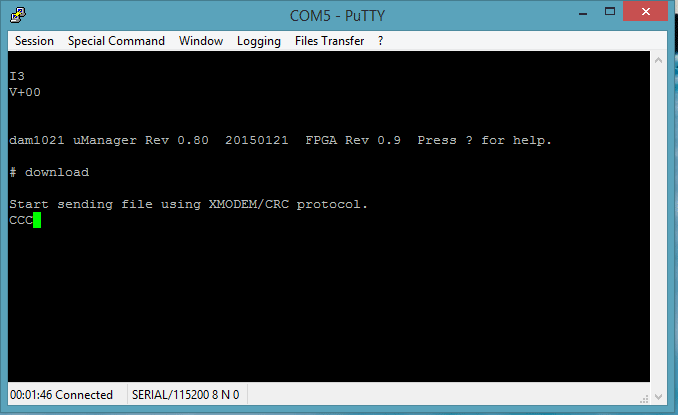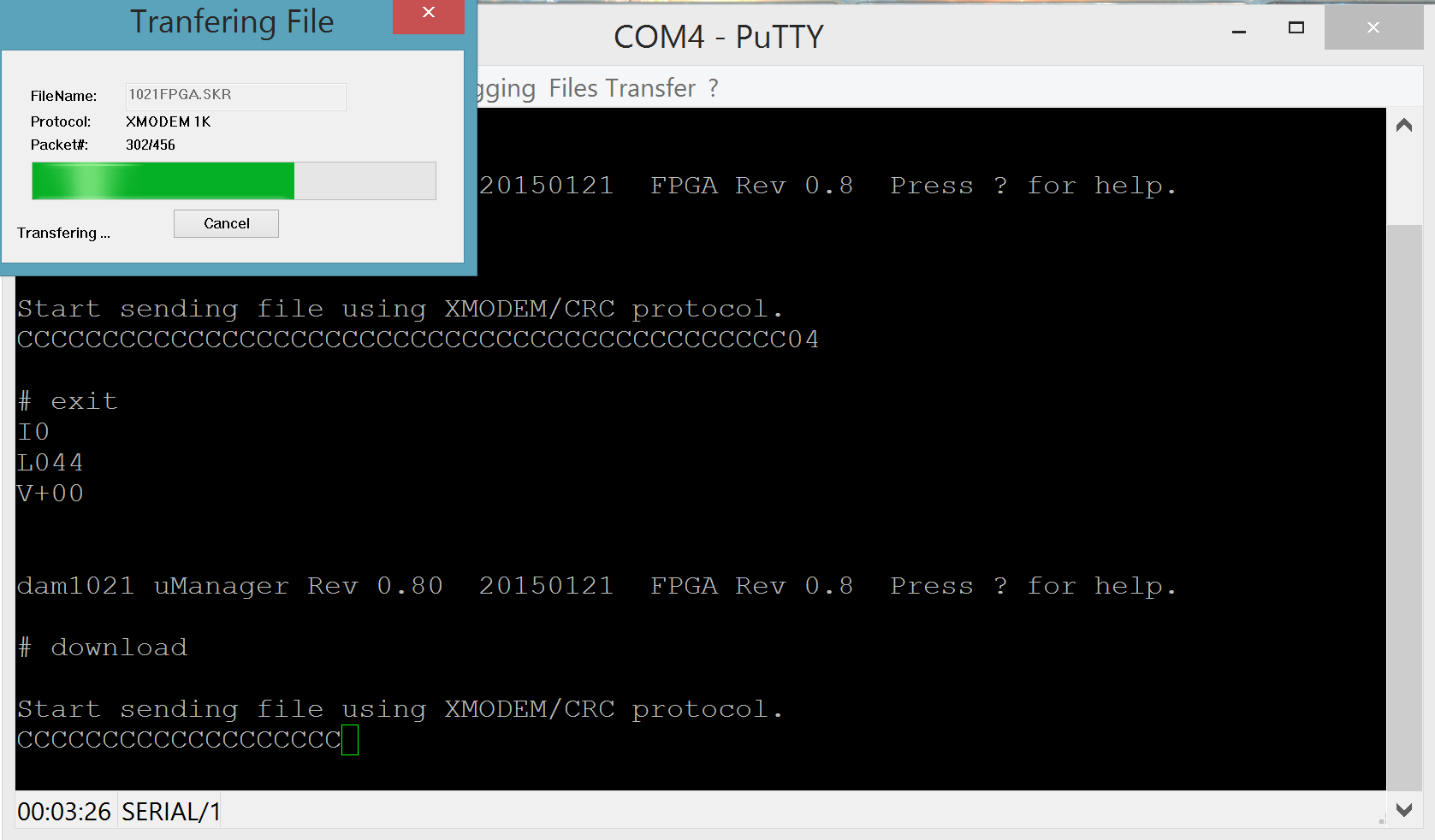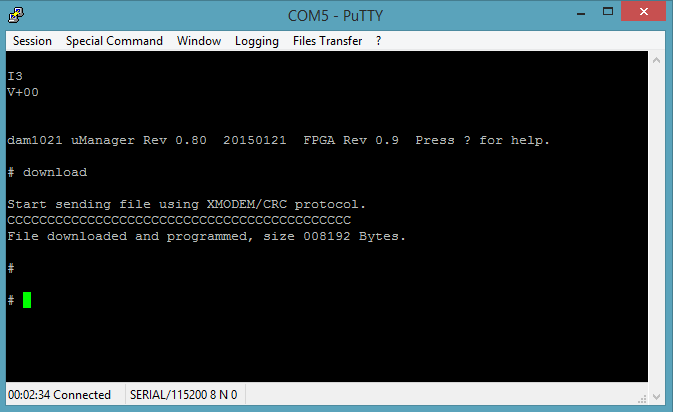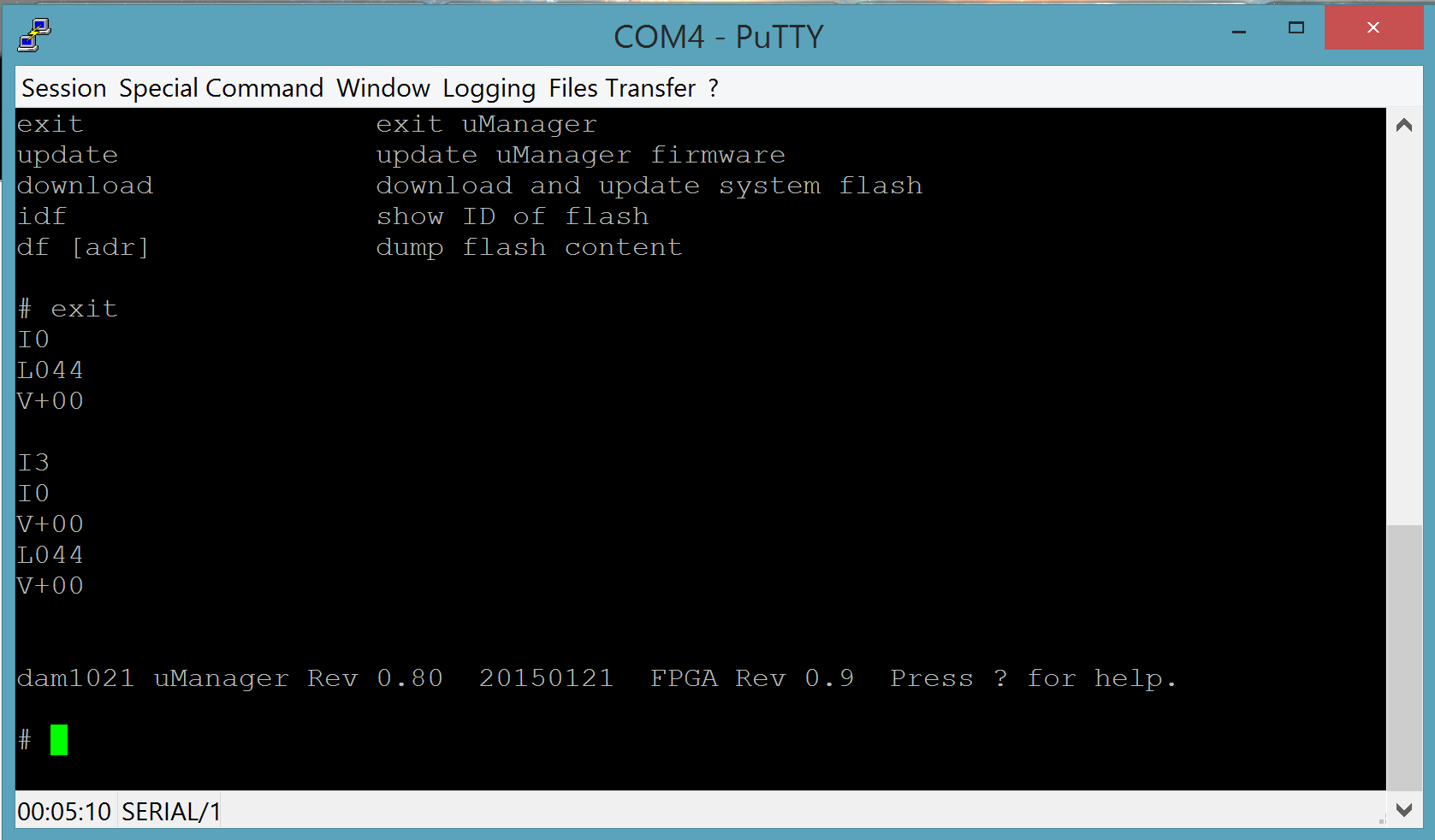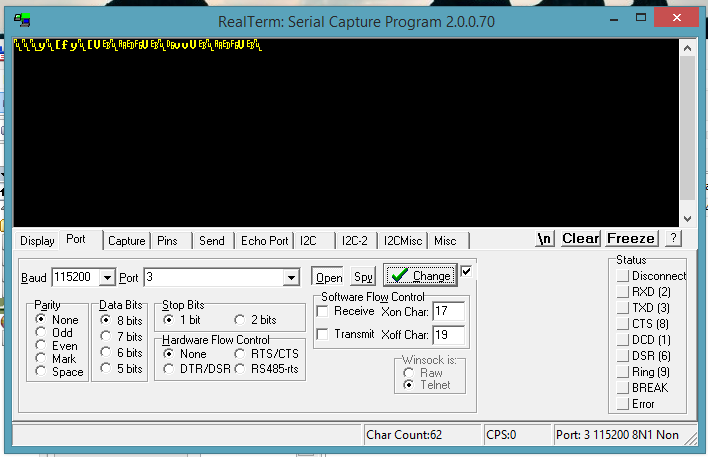A few hours ago Soren released the much-anticipated new firmware for the dam1021: http://www.diyaudio.com/forums/vendors-bazaar/259488-reference-dac-module-discrete-r-2r-sign-magnitude-24-bit-384-khz-328.html#post4421518
According to Soren, these are the changes to the firmware:
* PLL Clock Sync at sample rate change cut down to less than 0.2 second
* Isolated Serial port now works, note that port is at 3.3V cmos level
* Serial Port now interrupt driven, no character loss at high speed
* Volume Control now is -80db to +10 db, and phase bug fixed
* Volume Control also now have zero crossing detect
* Power Off plop can be reduced to 1/3 by adding a single 27K4 resistors, see picture attachment
* FIR1 filters doubled in size, so max 2032 coeff @ 44K/48K, 1016 @ 88/96K, 508 @ 176/192K, 127 @ 352/384K
* You can now select four sets of filters, named Linear, Mixed, Minimum and Soft.
* FIR1 coefficients are now 1.31 format, filters should be good down to around -150 db
* Stock filter now have improved deemphasis filter
* Input Source Select bug fixed
* New mode setting: Normal, Inverted, Balanced Left, Balanced Right
* The tiny bug on signal saturation on -full scale fixed
* Should now be possible to do balanced and crossovers by parallel the inputs and connecting the isolated serial ports together, more details to follow
I had some difficulty uploading the new firmware but that was due to Windows 10 and ExtraPuTTY not playing along very well. I got an “Error File not found!” message when I was trying to upload the file. When I went to a Windows 8.1 machine everything went as expected. One thing – do not forget to give the “update” command once you have uploaded the code followed by a “y” and return. When the procedure is complete and upon power cycling the board (and entering the “+++” command) you should get something like this:
Both the uManager and FPGA revisions should be 0.99.
The uManager has a few new options:
Plus these are the new built-in filters:
First impressions are very good. The dam now locks much faster to incoming signals, so fast that it’s near instantaneous:
Plus we have very good news on the serial control department. Not only has the isolated serial port been enabled (to be tested asap..) but the RS232 port seems to no longer have problems with my Arduino controller. It probably had something to do with the “Serial Port now interrupt driven, no character loss at high speed” fix. So development of the ArDAM1021 code becomes high priority. 🙂
Zero crossing detection seems to be working fine too – no more glitches during volume adjustments.
All in all I would say this is a pretty good upgrade. Kudos to Soren.
Now looking forward to DSD support on the next upgrade.

